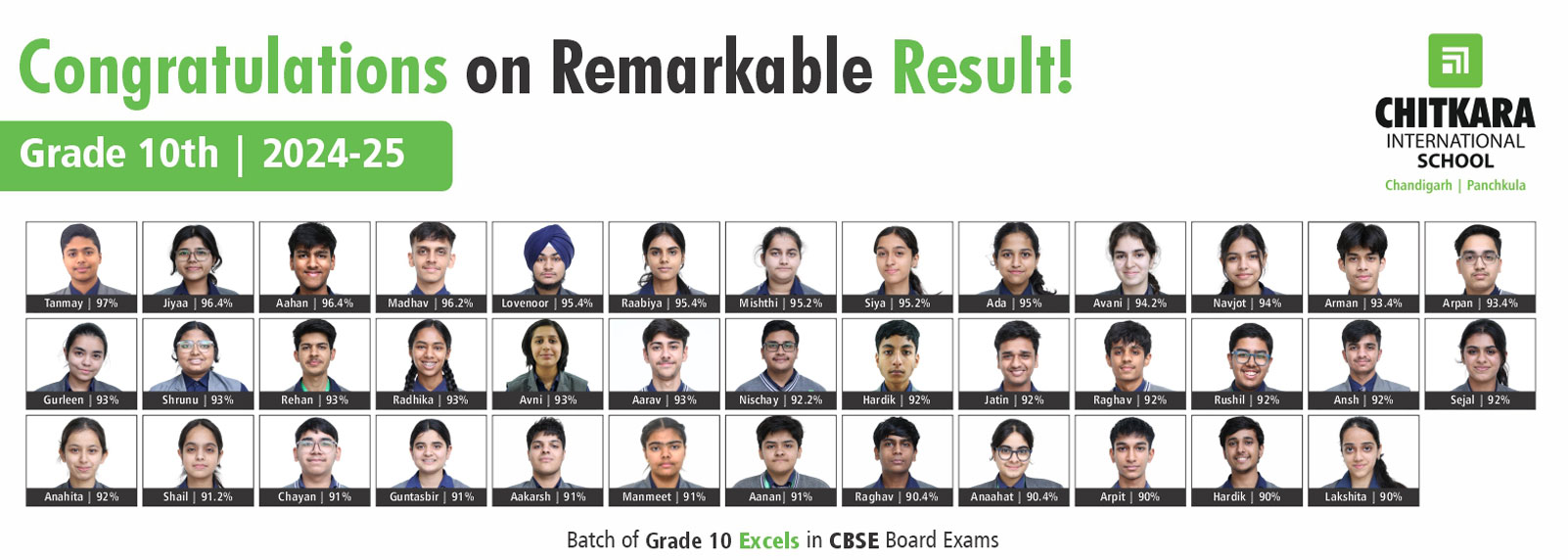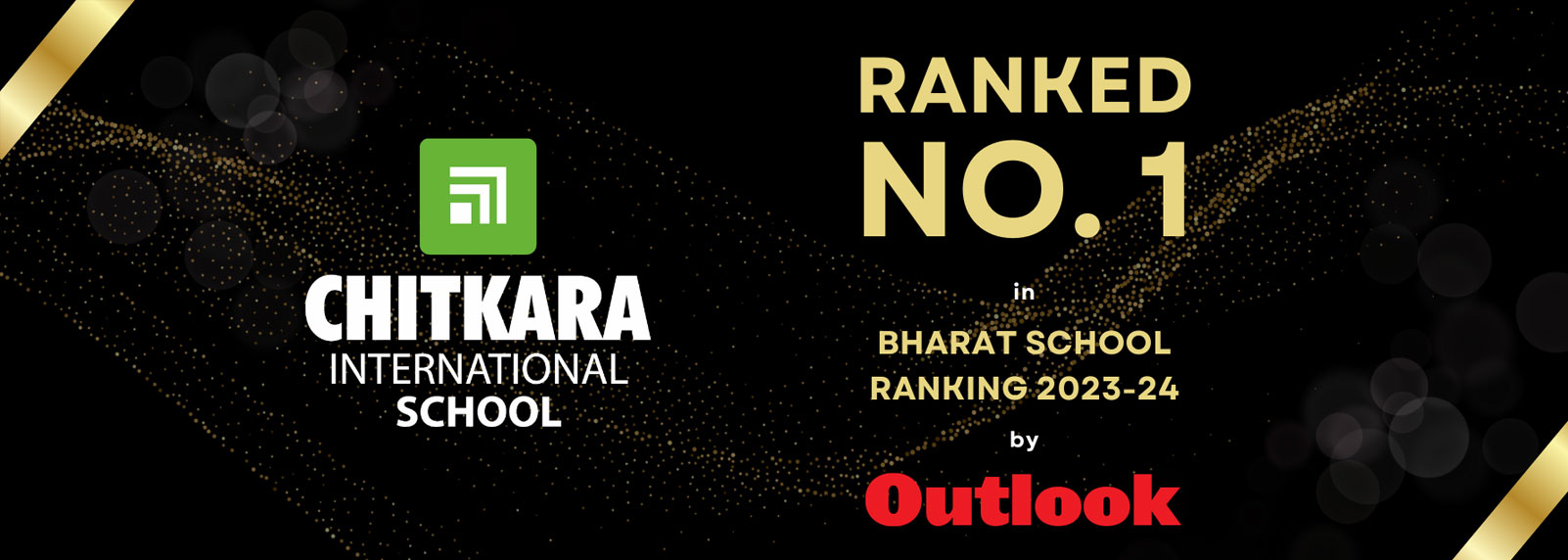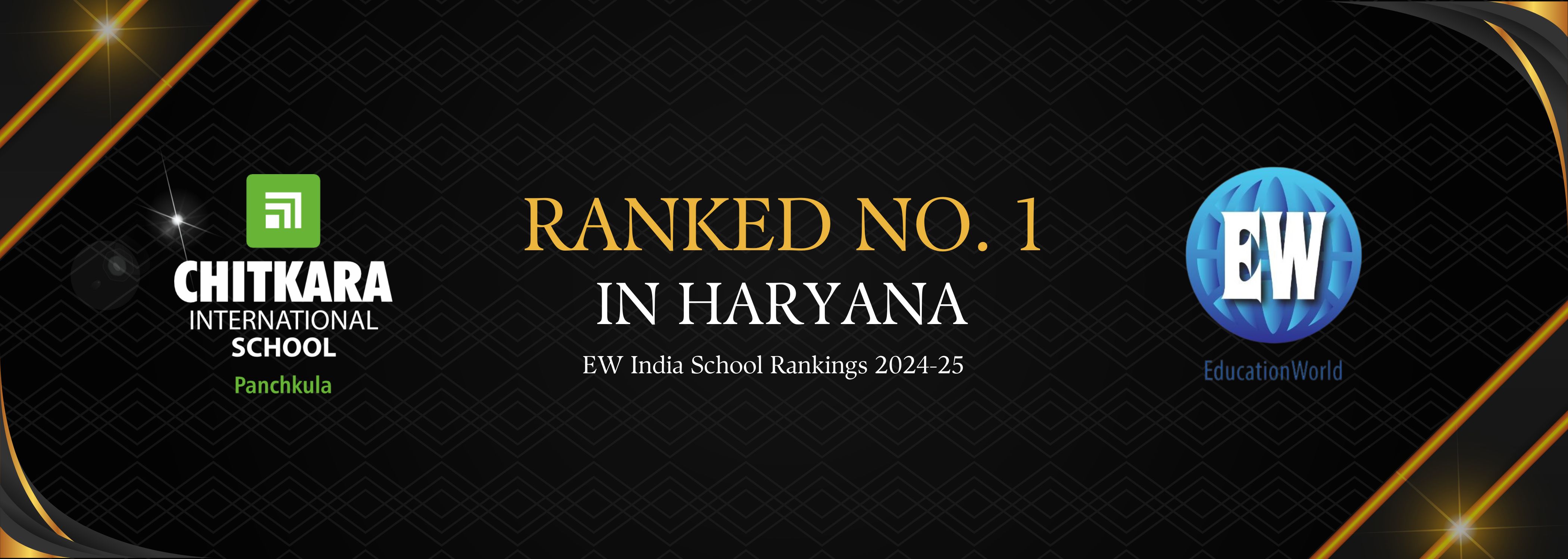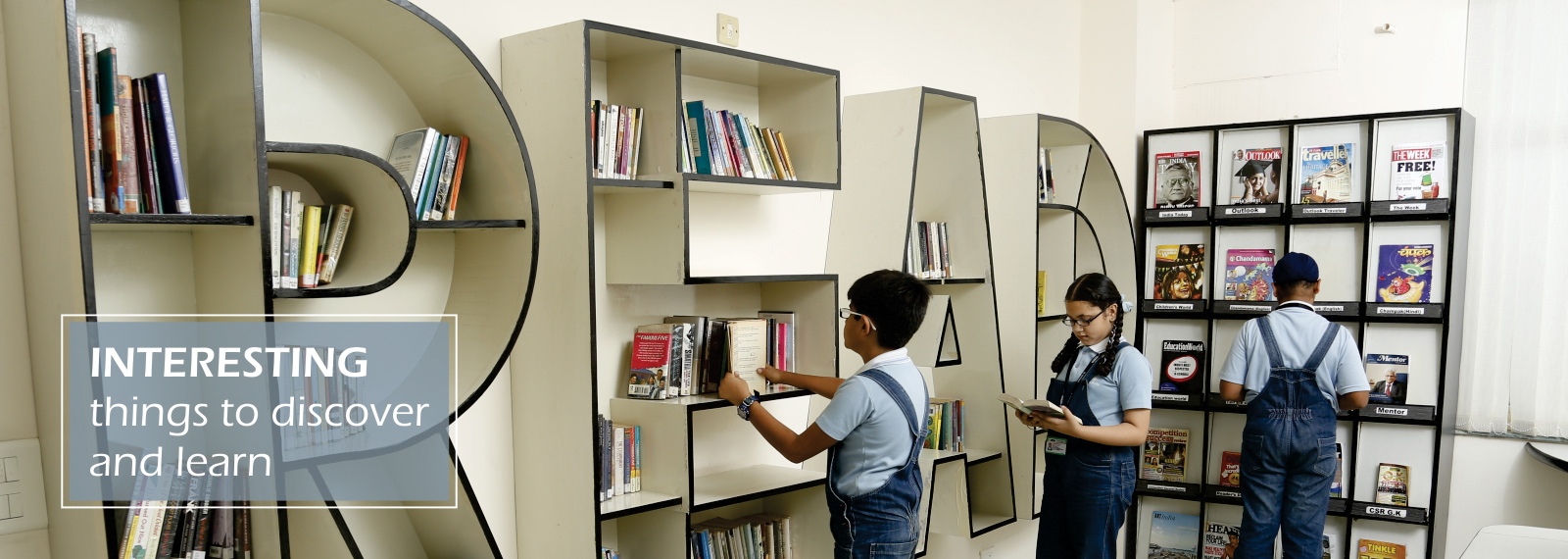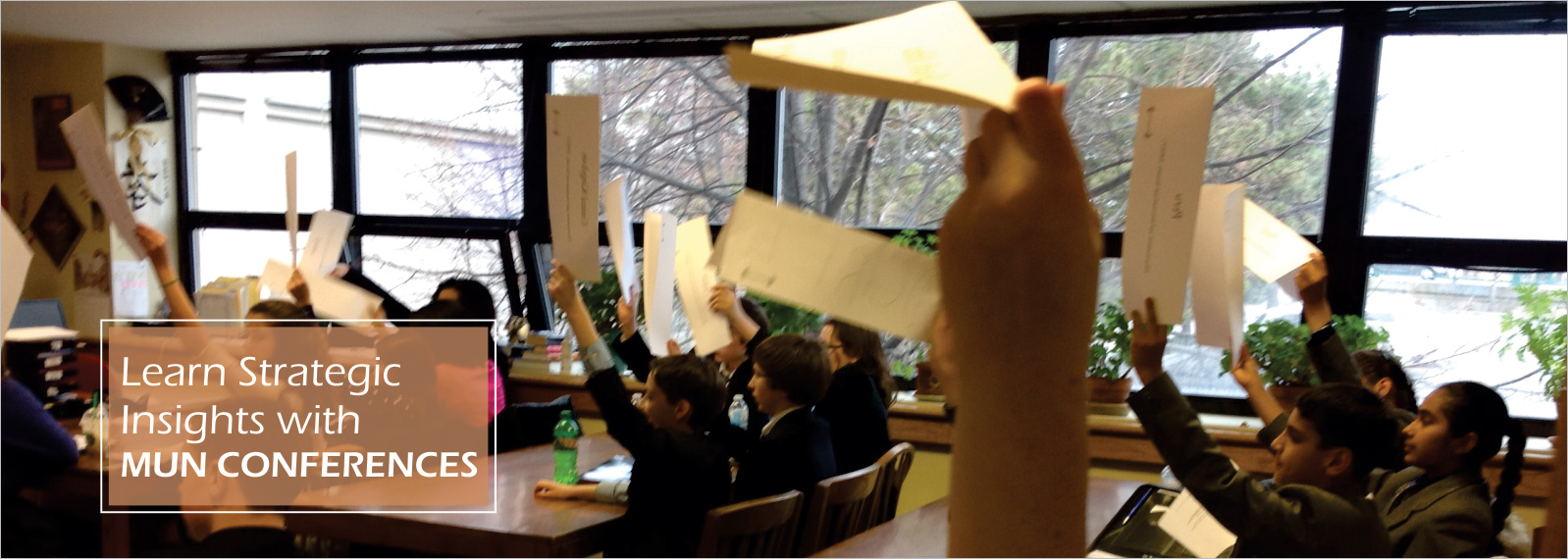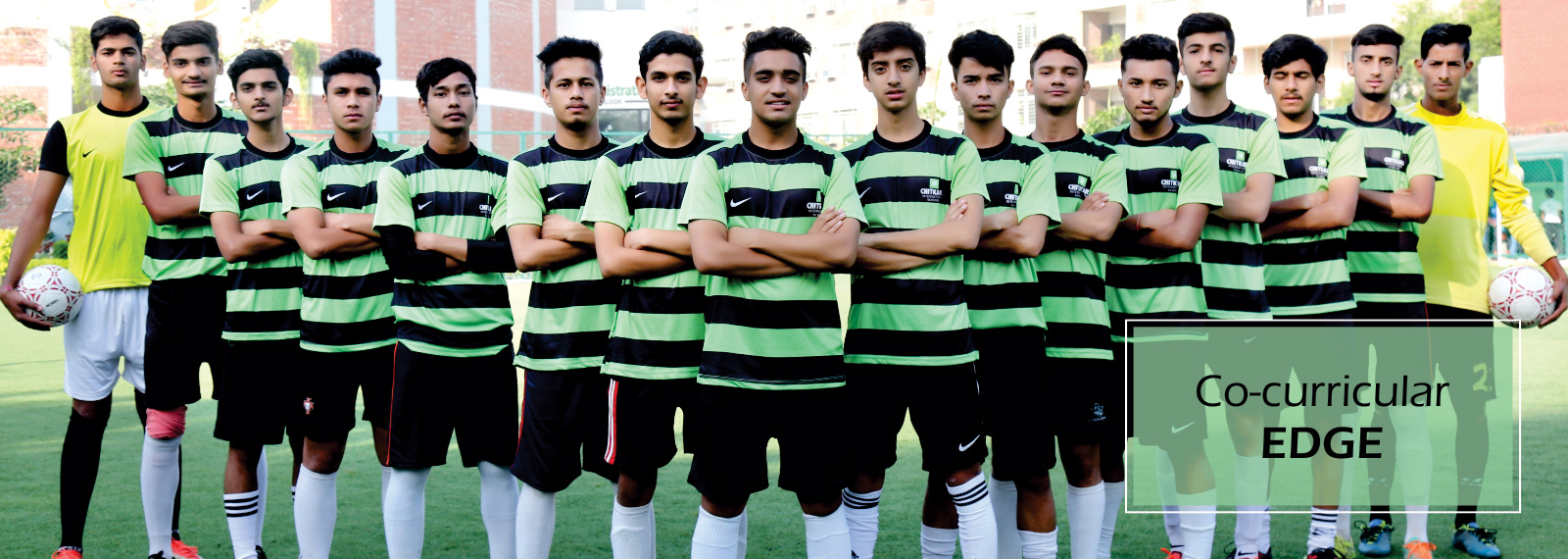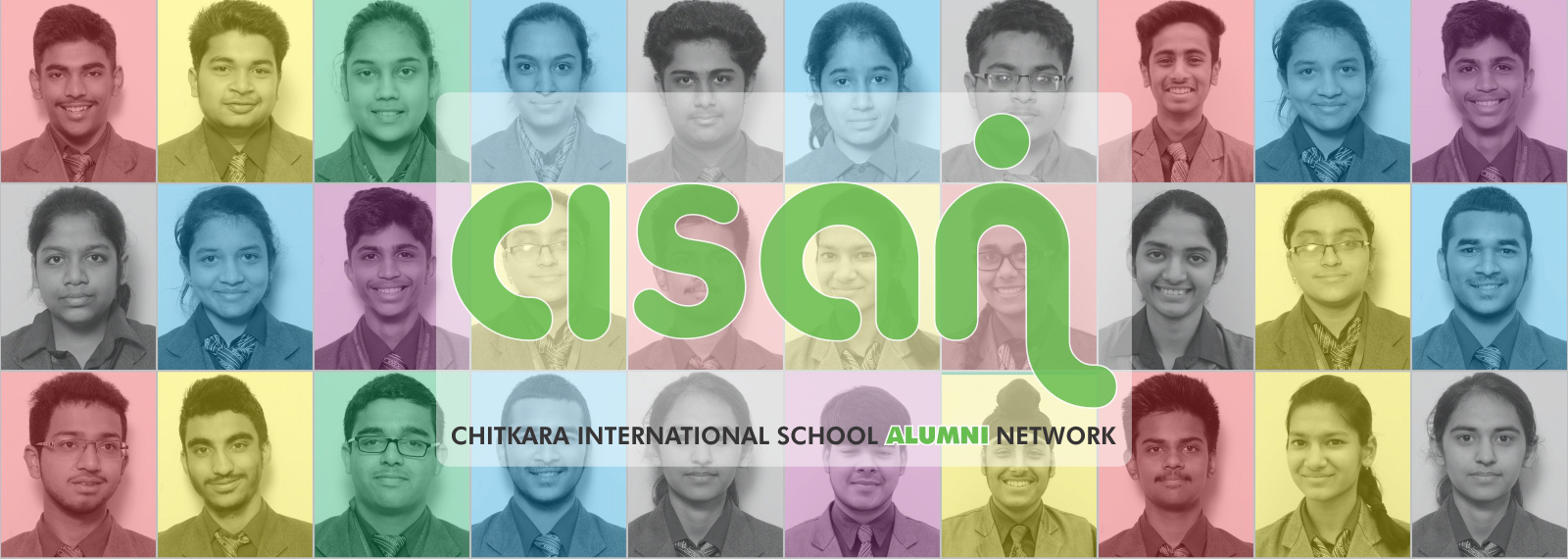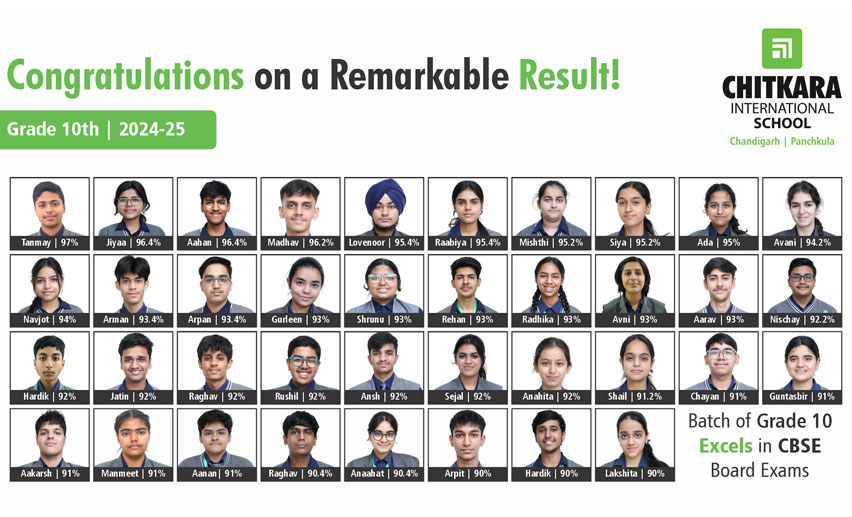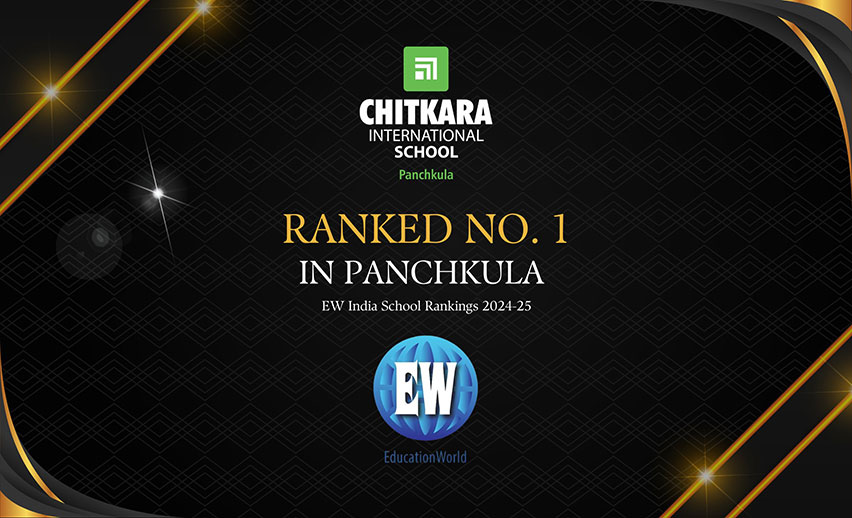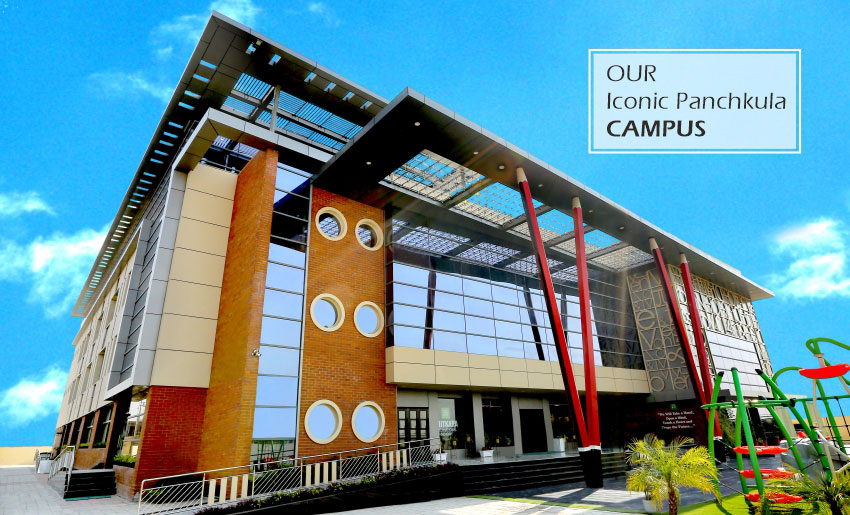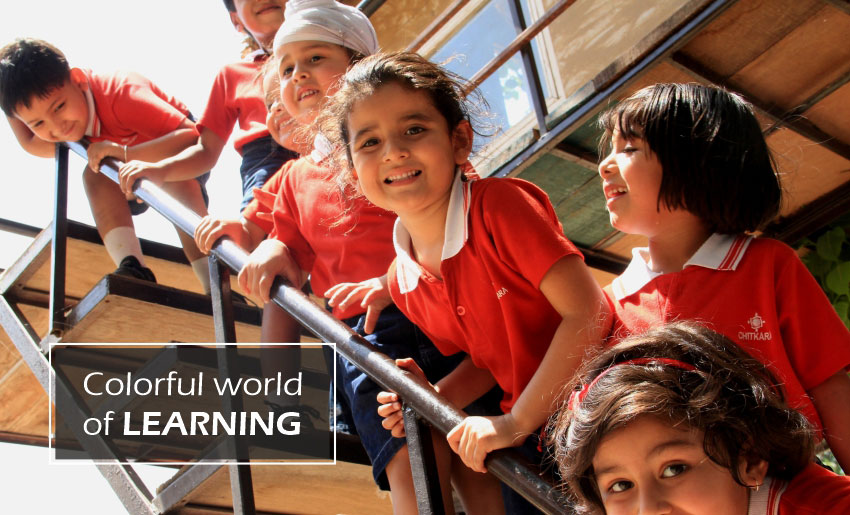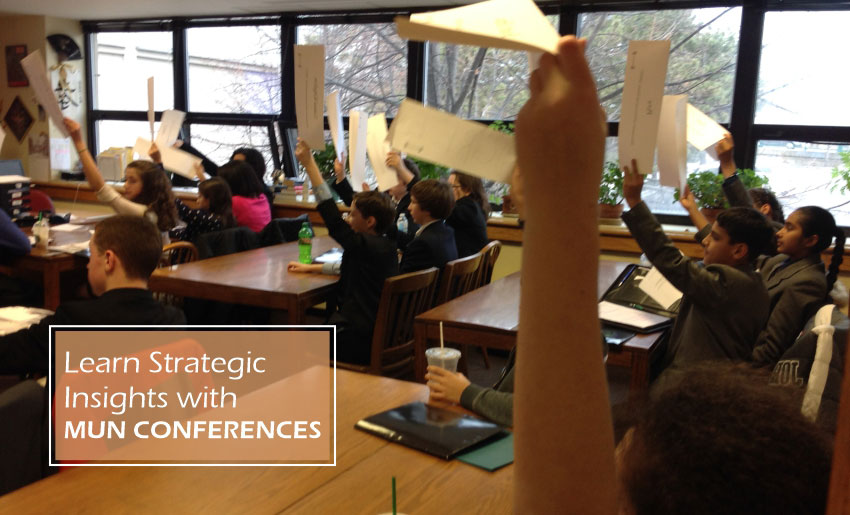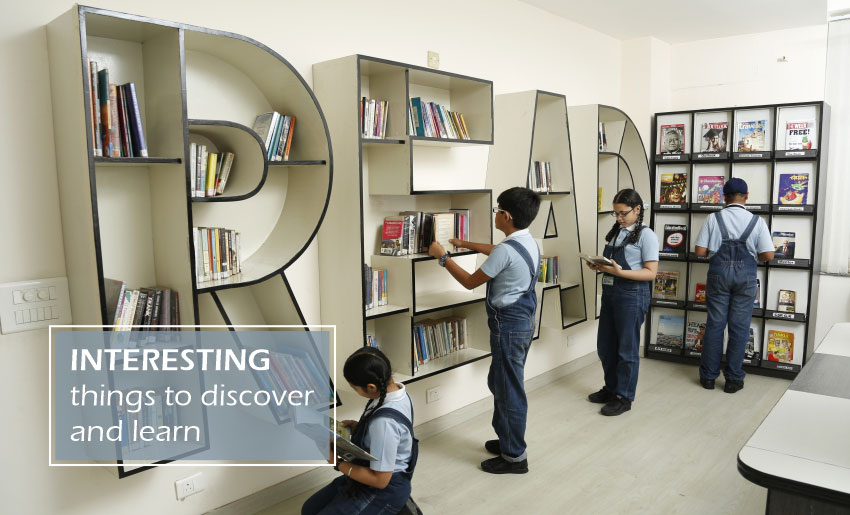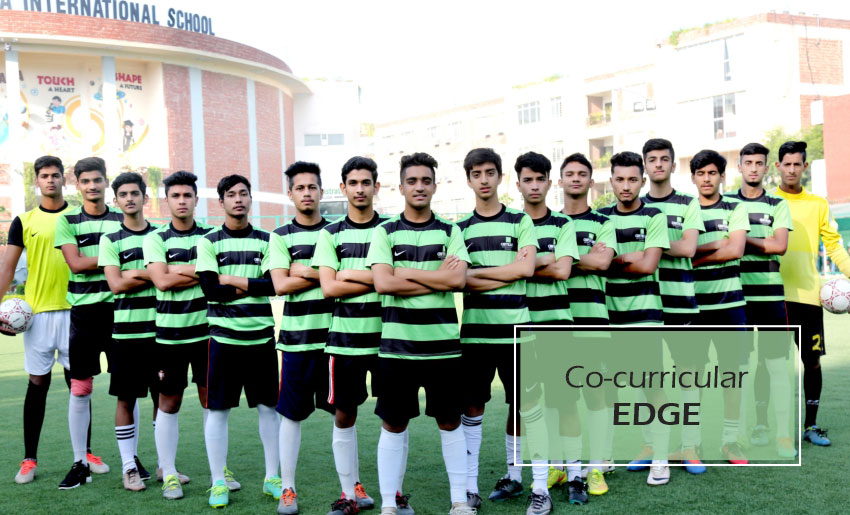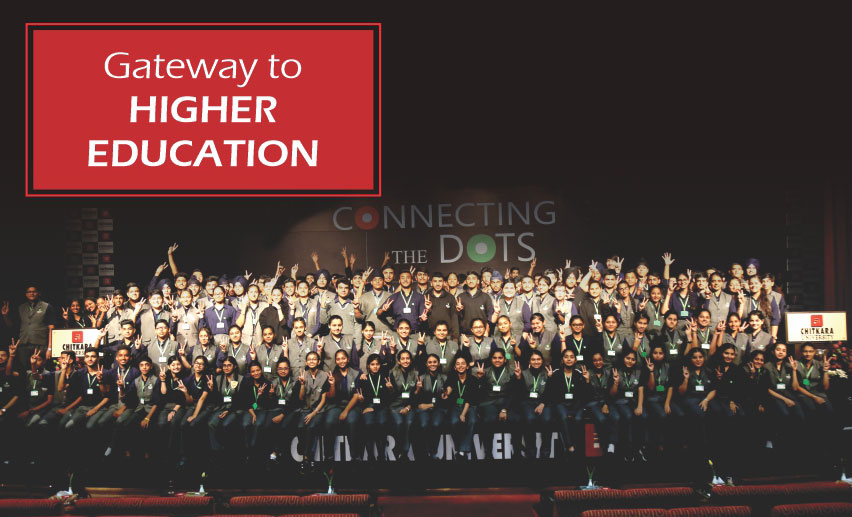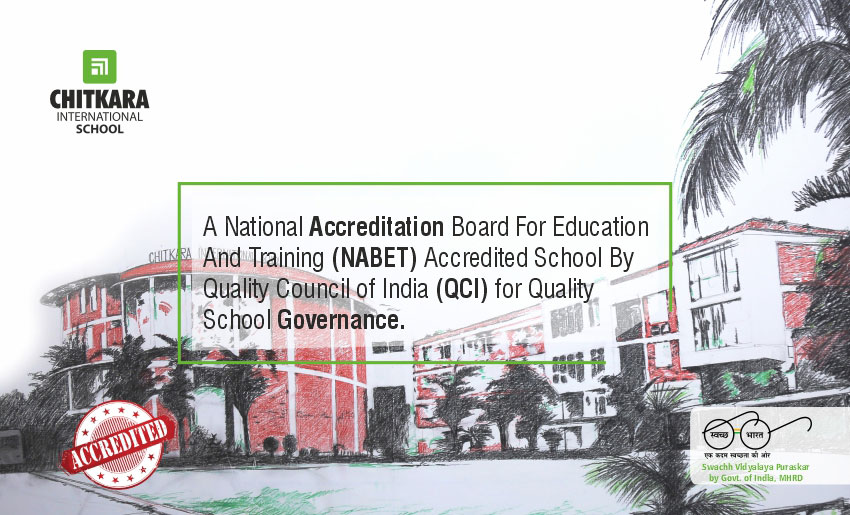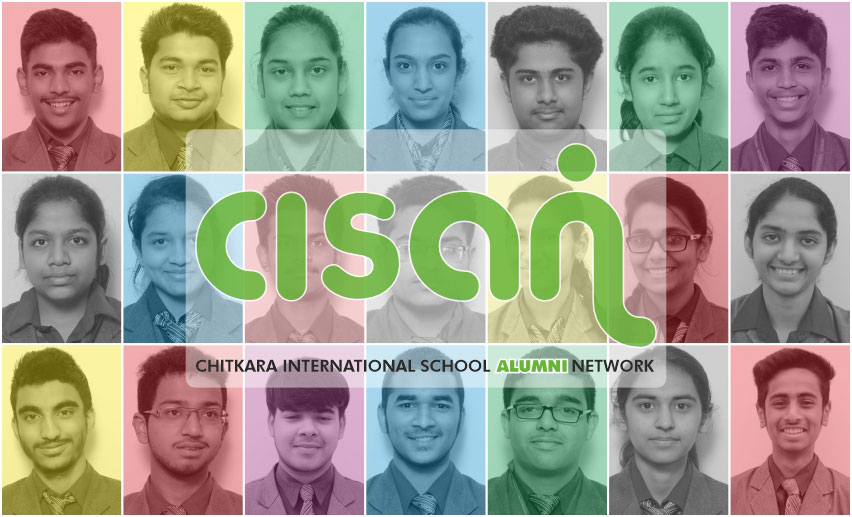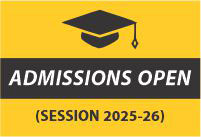Unlocking Potential: Assessments at Chitkara International School, Panchkula
At Chitkara International School, there is a clear-cut distinction between Measurement, Evaluation, and Assessment which generally are used or treated interchangeably. Assessment is where the heart of the school lies and where the school has its core competency. ‘Assessment Quotient’ is a book by Dr Niyati Chitkara (Principal, Chitkara International School), which Lambert Academic Publishing publishes internationally publishing house in Germany. The assessments at CIS have been curated keeping in mind the CBSE, Sustainable Development Goals (SDGs) and National Education Policy (NEP) 2020. Besides this, the Assessments are research-based, mapped with Assessment Quotient, and designed to provide an enriching experience to a learner to undergo the process of knowing him in totality rather than merely testing him or providing a value judgment to him or his work. A practical and innovative approach is used in planning, designing, and implementing in the scholastic and co-scholastic areas of assessment for a learner with the appropriate feedback and reporting to him. Thus Assessments at Chitkara in scholastic and co-scholastic areas include:
- Assessment of Learning
- Assessment for Learning
- Assessment as Learning
- Assessment in Learning
-
Assessment of Learning
The assessment of learning is defined as a process whereby someone attempts to describe and quantify the knowledge, attitude, or skills possessed by another. Teacher direction is paramount, and the student has little involvement in designing or implementing the assessment process in these circumstances.
- Teacher designs learning
- Teacher collects evidence
- Teacher judges what has been learned (and what has not been learned)
-
Assessment for Learning
The assessment for learning involves increased student autonomy, but not without teacher guidance and collaboration. There is more emphasis on giving helpful advice and feedback to the student and less on giving marks and the grading function.
- Teacher designs learning
- Teacher designs assessment with feedback to the student
- Teacher judges what has been learned (student develops insight into what has not)
-
Assessment as Learning
The assessment as learning is perhaps more connected with diagnostic assessment and can be constructed with more of an emphasis on peer learning. The assessment is done where Blended learning, E-Learning, and Applied Learning take place. Assessment as learning generates opportunities for self-assessment and peer assessment. Students take on increased responsibility to generate quality information about their learning and others.
- Teacher and student co-construct learning
- Teacher and student co-construct assessment
- Teacher and student co-construct learning progress map
-
Assessment in Learning
The assessment in learning places the question at the centre of teaching and learning. Assessment in learning takes place when open-ended learning and creativity increase. It deflects the teaching from focusing on a ‘correct answer’ to a focus on a fertile question.’ Through enquiry, students engage in processes that generate feedback about their learning, which comes from multiple sources and activities. It contributes to constructing other learning activities, lines of enquiry, and the generation of other questions.
- Student as the centre of learning
- Student monitors assess, and reflects on learning
- The student initiates demonstration of learning (to self and others)
- Teacher as coach and mentor
The purpose of each assessment strategy needs to be understood by students and teachers. The overall assessment ‘package’ being used by learners and teachers should accurately capture, generate and use meaningful learning information to generate deep learning and understanding.
To study assessments at Chitkara International School, two perspectives can be analysed. These are:
- The Scholastic areas of assessment
- The Co-Scholastic areas of assessment
In detail, let us study the innovation at Chitkara International School, which is the school’s intellectual property.
- The Scholastic areas of assessment
These include not just the pen and paper tests but various other ways of knowing how well the child has mastered a particular concept which also include the Open –book examination, Open-web Examination, Revision through teaching sessions (RTT S), Knowledge polish, Thinking out of the box questionnaires, word-wall, Brainwork, word web, word searches, etc. Also, CBSE’s Unit Tests and Term Exams are a significant part of the assessment Blueprint, but all the above formats are very well integrated. Moreover, various software is used to assess a child diagnostically to ascertain his /her accurate score statistically. Most of the assessment has a base in the Classical Test Theory(CTT) or Item Response Theory (IRT), a revolution in education.
- The Co-Scholastic areas of assessment
These involve the non-scholastic areas of learning such as dance, music, school clubs, various squads, health, personality, attitude, social values, etc., which are very much embedded into the study of knowing the child as a whole. The aspect of regularity, enthusiastic participation, output, and teamwork is the generic criteria for grading co-scholastic activities like Work Education, Art Education, and Health and Physical Education. Apart from this, the students are also assessed for discipline, which is based on the factors like attendance, sincerity, behaviour, values, tidiness, respectfulness for rules and regulations, and attitude towards society, nation, and others.
Also, feedback forms and reporting formats have been designed uniquely, keeping the learner’s psychology in mind.

